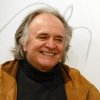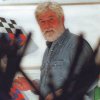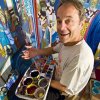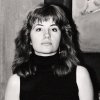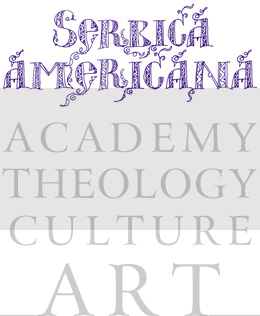Arso Ivanovich
Ivanovich's paintings have ranged from the thick, textured oils of his expressionistic figures and post impressionistic landscapes, to the 'crystallized' transparency of his frozen watercolor. The majority of Ivanovich's work is painted using the revolutionary frozen technique, combining colorful realism, mystique and fantasy with a harmonious cracking of the paint pigments, reminiscent of frosted windowpanes on a cold, winter morning.


